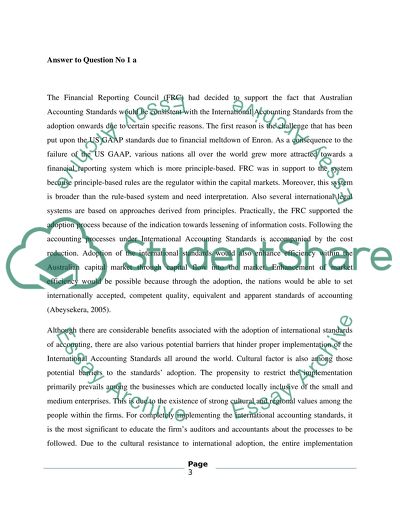Cite this document
(“Australian accounting standards Essay Example | Topics and Well Written Essays - 2750 words”, n.d.)
Retrieved de https://studentshare.org/finance-accounting/1390987-australian-accounting-standers
Retrieved de https://studentshare.org/finance-accounting/1390987-australian-accounting-standers
(Australian Accounting Standards Essay Example | Topics and Well Written Essays - 2750 Words)
https://studentshare.org/finance-accounting/1390987-australian-accounting-standers.
https://studentshare.org/finance-accounting/1390987-australian-accounting-standers.
“Australian Accounting Standards Essay Example | Topics and Well Written Essays - 2750 Words”, n.d. https://studentshare.org/finance-accounting/1390987-australian-accounting-standers.


